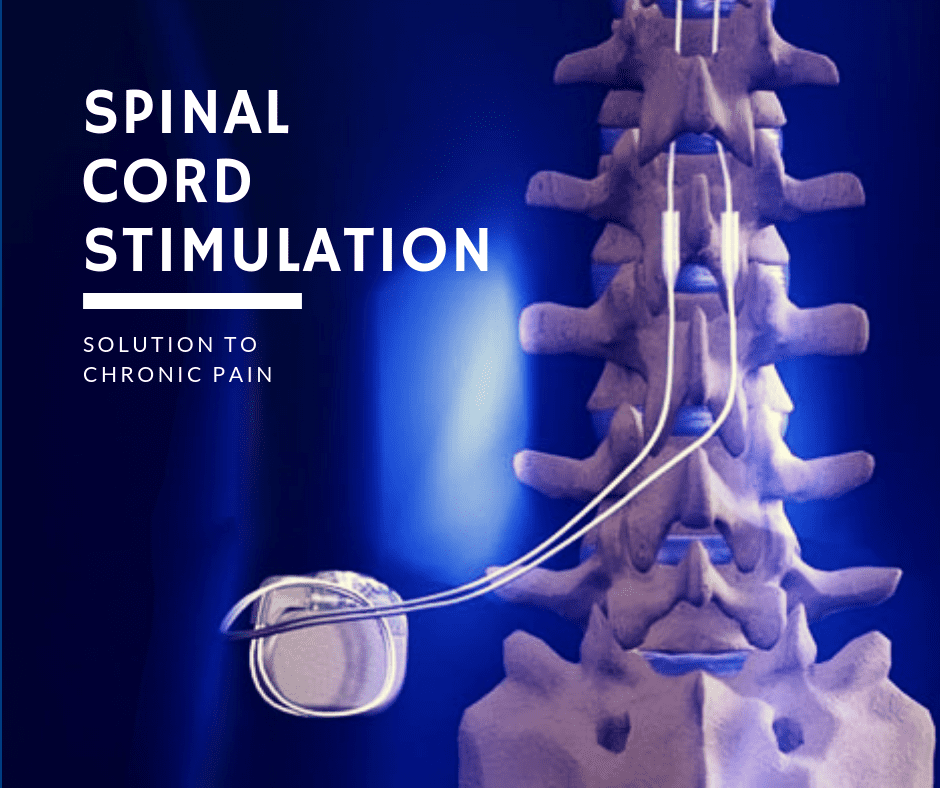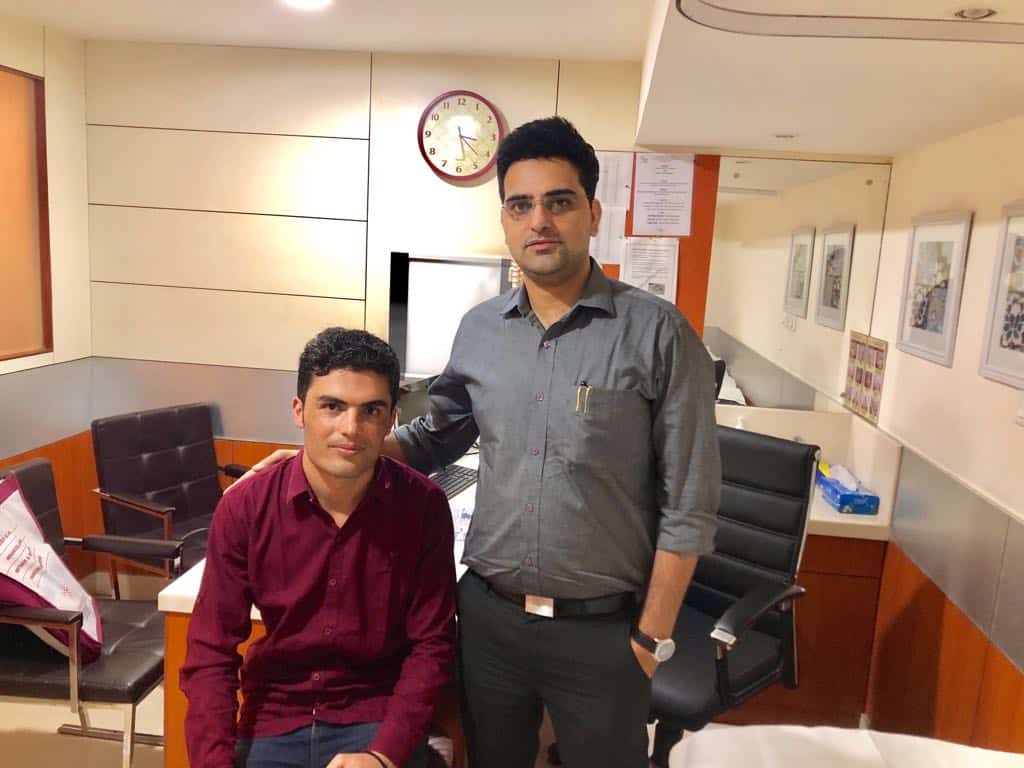Over the past year, the COVID-19 pandemic has forced me to change how I evaluate, treat, and interact with my patients. Maintaining all of the necessary safety measures have pushed me to find new ways to comfort and connect with patients even though I can’t hold their hand or share a smile through my mask. I know my patients have had to make adjustments as well; they’ve had to learn new ways to relate to me and to others on their health care team. But in spite of all of the new hurdles created by the virus, there do seem to be some lessons in all of this that will improve the doctor/patient relationship.
Here are a few things that the pandemic brought to light:
Visual communication matters. I never appreciated how much I relied on my patients’ visual cues, facial gestures, and subtle body language movements until they were taken away. When I started talking to my patients by telephone, I quickly learned how much harder it was to fully understand their experience when there was no movement of the body or facial connections to go along with what I was hearing. I also felt much less confident that they were really understanding my messaging back to them when I couldn’t see them.
Takeaway: When you find yourself talking to your physician in person or on a screen, think about creating visuals to your story through demonstration that can help your doctor better understand how they can help.
Self-examination can be a useful tool. Touch and feel have always been an integral part of the practice of medicine. When patients are in pain, I often want to feel for tight muscles, tender trigger points, the temperature of their skin, and test for things like nerve function and muscle strength. But the need for social distancing precautions and the emphasis on practising virtually through telehealth has meant that my patients have become more involved in their own examination process. I ask them for feedback when they move certain ways or go into certain positions, and I have them use props like balls and foam rollers to find trigger points that I would normally examine with my own hands.
Takeaway: By learning how to self-examine, you may empower yourself toward a better understanding of some of the problems behind your pain as well as the solutions.
A virtual appointment can have advantages. The pandemic forced many patients to interact virtually with their doctors for the first time. That certainly has been the case in my practice, where we have used platforms like Zoom to interact with our patients for individual treatments as well as in small groups for things like psychology classes, art therapy, and exercise classes. While I know that this virtual interaction has been difficult for some of my patients, working with patients virtually has given me a chance to see them in the setting of their own homes. Having this visual into a patient’s home environment can help doctors, physical therapists, and counsellors gain added insights into their patients’ lives that can be used to improve treatment. I found that interacting with my patients in their own element has given me the chance to understand them more deeply, which I hope can make me more impactful in helping them.
Takeaway: Try not to shy away from virtual appointments. While they may be somewhat uncomfortable, connecting with your doctor from your own home does have advantages.
My guess is that COVID-19 will leave lasting marks on how we manage our health. In spite of all the challenges, there are a lot of positive lessons we can take from this experience that I hope will improve how doctors and patients work together.
WebMD






